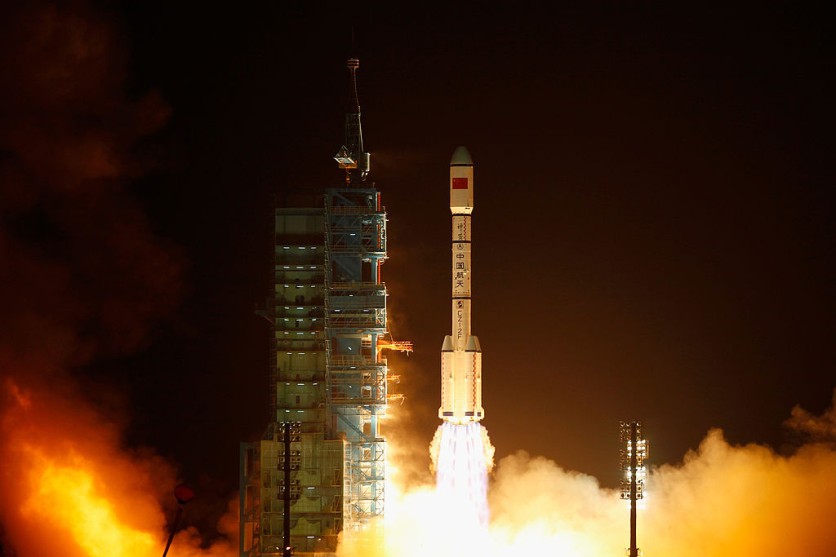China's new satellite megaconstellation will challenge SpaceX's Starlink internet service.

This means that the Chinese government will also deploy thousands of internet sats in order to compete with Starlink.
CASC (China Aerospace Science and Technology Corporation), China's main space contractor, announced that three satellites were already launched last May 20, 2022.
Now, more LEO internet satellites are expected to be deployed using the new Long March 5B rocket, as reported by SpaceNews.
China's Satellite Megaconstellation
The LEO satellites of China's megaconstellation are being manufactured by CAST (China Academy of Space Technology) and IAMCAS (Innovation Academy for Microsatellites).

Also Read : New SpaceX-NSF Agreement to Prevent Starlink Satellite Photo-Bombing; Here are Their Measures
IAMCSA is tasked to deploy 30 LEO internet satellites before 2023 ends. CASC said that they are planning to have a total of 13,000 satellites in their megaconstellation once it is completed.
The new Chinese megaconstellation, referred to as "Guowang," is expected to help China secure customers for satellite communications.
Aside from this, Guowang could also have implications for China's commercial space development.
Should U.S. be Concerned?
Popular Mechanics reported that China's megaconstellation project has been created in order to prevent Starlink from dominating the LEO space.
It also aims to stop other companies from occupying the low-Earth orbit.
Because the new Chinese megaconstellation could be a potential threat, many U.S. space internet companies expressed their concerns.
The Center for Strategic and International Studies' report even warned that China's space ambitions could end the U.S. government's competitive edge.
"U.S. leaders should aim to increase soft power across the globe by working with commercial companies that can successfully operate broadband internet constellations," explained CSIS.
If you want to learn more about the ongoing Chinese megaconstellation construction, you can click this link.
While China is just starting its megaconstellation, SpaceX's Starlink is already expanding across the globe.
Recently, the Philippines has been included in the areas serviced by SpaceX's Starlink. We also reported about the deployment of the new Starlink V2 mini satellites.
For more news updates about China's satellite megaconstellation and other related space topics, always keep your tabs open here at TechTimes.
Related Article : SpaceX's Starlink Flat High Performance Arrives! Here's Why This Square Antenna is a Big Deal for Sea Vessels

ⓒ 2025 TECHTIMES.com All rights reserved. Do not reproduce without permission.




